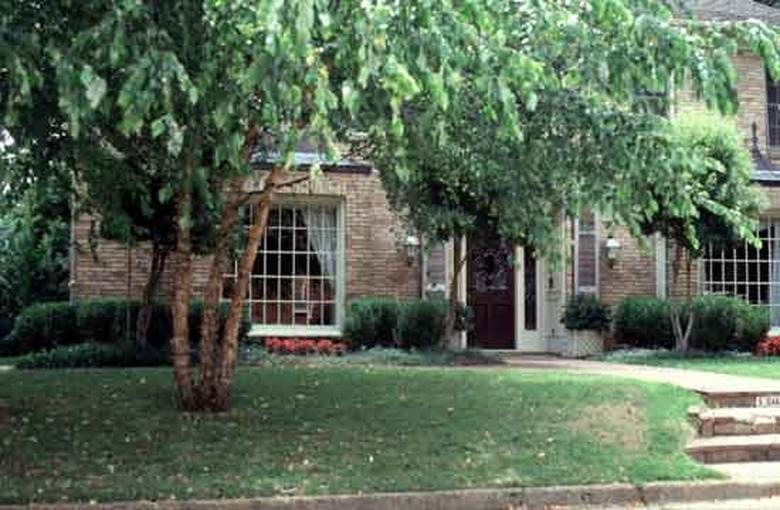How To Prune River Birch
A river birch is a wonderful tree to have growing in your back yard. It provides shade with its hanging branches, and the little leaves are easy to clean up during the fall. Although the tree can live with almost no pruning, sometimes storm damage occurs, or the tree just grows strange and pruning is necessary. Pruning techniques have changed over the years, but you, the homeowner, can do most pruning provided the tree is small enough.
Step 1
Prune the main leader of the tree by cutting it while it is just a year or 2 old. Cut off the growing tip about 3 feet up so that it will force two lateral shoots to grow. Make sure the cut is angled so that rainwater will run off and not collect as in a straight cut. This cut is done to show off the handsome bark of the tree with more than one center trunk as it grows in afterward.
- A river birch is a wonderful tree to have growing in your back yard.
- Although the tree can live with almost no pruning, sometimes storm damage occurs, or the tree just grows strange and pruning is necessary.
Step 2
Remove any dead or damaged wood. If the branch is pretty long, cut it back at least halfway to reduce some of the weight. Make a cut about 6 inches out from the trunk of the tree, first halfway through from the top and then the rest of the way from the bottom. Make a clean angled cut an inch or 2 out from the healthy wood. Take care not to damage any healthy bark.
Step 3
Leave lower branches on the tree while it is young for extra nourishment. After the tree is a few years old, you can cut back some of the lower branches if they are in the way of walkways or garden beds. Make the cuts the same way as explained in Step 2, cutting off half the branch and then 6 inches out and finally the last cut, an inch out.
- Remove any dead or damaged wood.
- Make a clean angled cut an inch or 2 out from the healthy wood.
Step 4
Thin out extra branches if the tree appears to be crowded. This is easiest to do during late winter or early spring, when you can see the framework of the tree without any leaves. Always make angled cuts and don't paint anything over the wounds. The tree will naturally take care of the wounds, better and faster than if tree paint was used.
Tip
Pruning in late winter-early spring while the tree is dormant is easiest on the tree.
Warning
Use a tree service to prune large trees.
